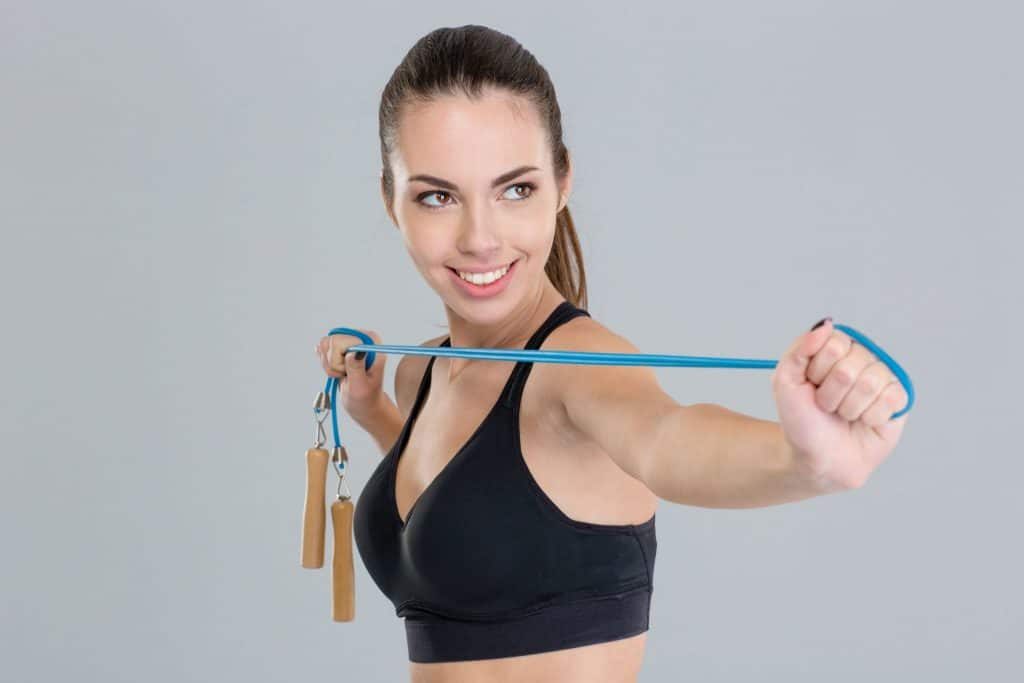This long under-noticed and rather mysterious connective tissue weaves throughout our entire bodies, binding and supporting our muscles, bones and organs. It is made up of densely packed protein fibers and is far more relevant and important than you may think. For one thing, it could be responsible for those creaks, aches, pains and stiffness that you can’t quite place. On a more alarming note, it is also related to some unusual infections and a rather treacherous flesh eating disease that can be fatal. Fascia is responsible for your overall mobility and biological design, and supports your physical structure and every single movement your body makes…

What Is Fascia
There are trillions of cells in the makeup of every human being, and fascia is the web that holds everything together. The smooth and slippery membrane is made of fibrous, sticky and wet proteins (mainly collagen and elastin). It is responsible for our stability and movement, and integral to injury and disability recovery. Scientists don’t have a full and complete understanding of how fascia works as a whole – it is extremely complex and under-studied. However, it has become somewhat of a buzz word in the past year or so within the wellness industry, and further research is being directed at this incredible biological fabric.

The Three Layers Of Fascia
Fascia is a three-dimensional continuous web of connective tissue that supports and maintains structural integrity. Its three layers include the superficial fascia, deep fascia and visceral fascia. Together, they form your internal soft tissue structure, and play an extremely vital role in your overall biological blueprint. The superficial fascia blends with the dermis, which is a deep layer of skin; the deep fascia covers your muscles, bones, nerves and blood vessels; and the visceral fascia wraps your organs with layers of connective tissue membranes. Fascia provides support and protection, assists with the distribution and flow of blood around the body, and helps repair tissue damage. It also contributes to biochemical processes in the body and defends against infection.

Why Fascia Is Important To Athletes
The health and fitness world is abuzz with the word ‘fascia’ at the moment, and it is finally getting the attention it deserves. When it comes to athletes, and the notion of peak performance, fascia health is extremely important. There are a number of new discoveries occurring about fascia, and we are beginning to understand why it is such an integral part of high physical performance.

Despite the fact that fascia is a support structure, it is also actually a tensional fluid system. The strong fluid membrane is stretchy and flexible, and when kept hydrated with a healthy blood flow, it is very hard to break. Mobility and resilience depend on a healthy, hydrated fascia, which is why most cases of ‘pulling a muscle’ or ‘stretching a muscle’ are actually fascial. If you are dehydrated and there is not an adequate flow of blood reaching your fascia, you will be more at risk of tearing or rupturing something.
So, what’s the answer to keeping your fascia healthy? To start with, make sure you’re drinking the right amount of water every day. That’s 2 litres for men and 1.6 litres for women, remembering to increase that if you sweat a lot from either exercise or hot weather conditions. But, that’s not the only way to ensure a healthy, hydrated fascia, because, if sufficient blood is not reaching your fascia, then chances are, that water isn’t actually doing much to hydrate your organs and connective tissue layers. That means your soft tissue needs attention so that the microvacuoles (sliding tissue) is able to send water to where it’s needed.

There are some exercises below that will increase blood flow to the fascia, which will keep it healthy and hydrated. You can try them at home using a foam roller, ball, band, rope or strap. Mixing yoga, cardio, swimming, walking and prop sequences will ensure you’re getting enough variety in your movement, which is extremely important for a healthy fascia, and overall health and fitness. However, equally important is the rest and recovery period following any exercise. After a heavy or intense workout, your tissues need to rehydrate, because a lot of the water will have been driven out. That includes interval training, as well as rest following a cardio or weight-bearing session. By including rest periods within a workout, you are allowing your tissues to continue to rehydrate themselves throughout the session.

The Knock-On Effect
Once you understand that fascia basically wraps around everything inside your body, you should start to appreciate why there is a knock-on effect if something happens to one muscle or section of your body. Because everything is connected by the fascia, an injury cannot only affect one part of you, which is why there is often a domino effect when an athlete injures themselves. For example, you may have experienced stiffness in a completely different part of your body if you’ve broken or fractured a bone, or you might get a headache and a sore lower back at the same time. Likewise, you can often ease a headache by massaging the palm of your hand – two seemingly separate areas that can soothe each other.
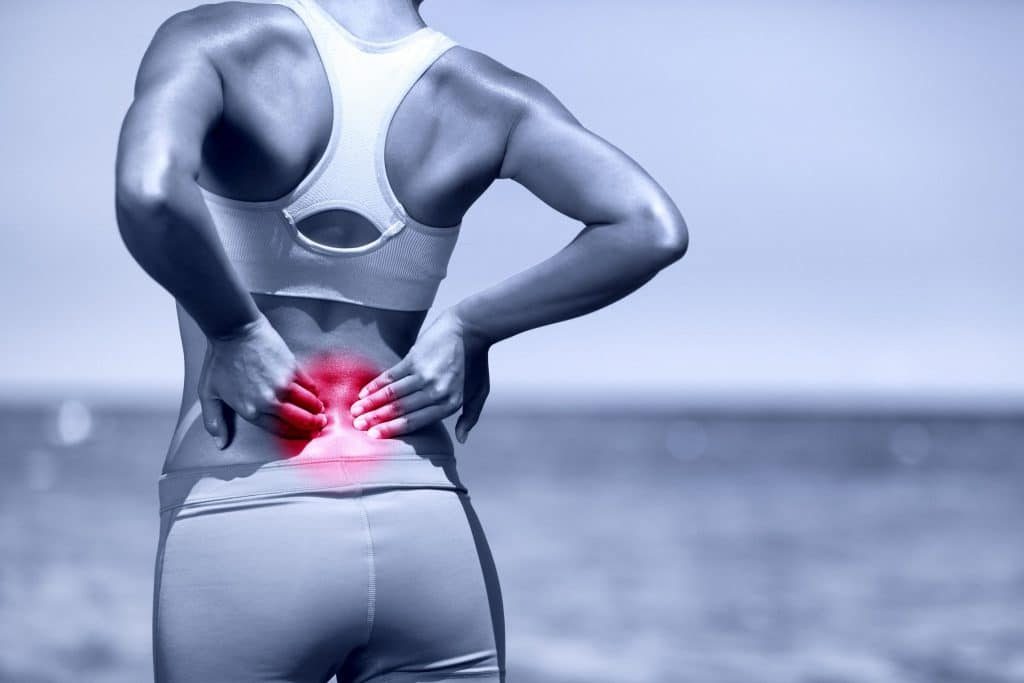
This knock-on effect can also come in the form of a long-term domino effect years later. For example, if you injure your lower back playing sport as a child, it can potentially come back to haunt you years later, when you’re spending hours every day sitting at a desk. You might also then experience tight shoulders and a bad posture – more domino effects of the original injury. The best way to avoid or mend these issues of ageing pain and stiffness is by keeping your fascia healthy and flexible.
The Flesh-Eating Disease That Infects The Fascia
There are a few fascia-related diseases around the world, although none of them are very common. The most gruesome is a condition called necrotizing fasciitis, which is a ‘flesh-eating’ infection. While it is an extremely rare condition that is not contagious, there have been strangely high, and seemingly random and unrelated, numbers of cases at certain times in certain areas around the world. A particularly strange increase in numbers of necrotizing fasciitis occurred in the island state of Tasmania in Australia in recent years. With a population of just 500,000 in the entire state, with most of that population based in the south, there was a sudden increase in cases of the deadly disease in the north. Seven people were being treated at a hospital in Northern Tasmania at one time in 2014, with one resulting in an arm amputation.
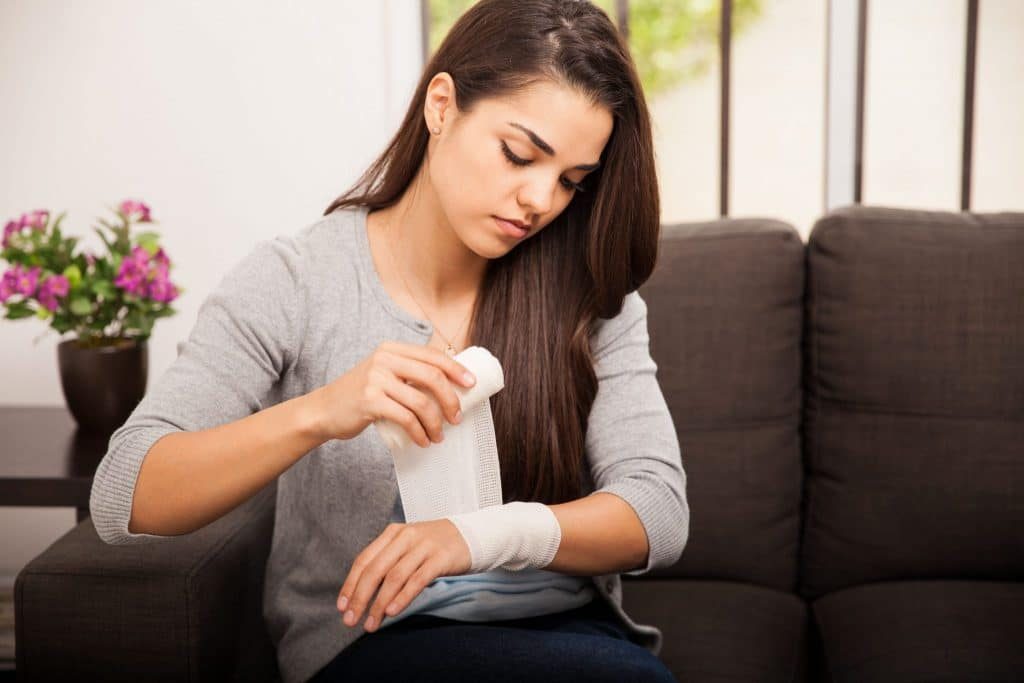
The bacterial skin infection generally starts with a wound infection and spreads quickly, killing soft tissue in the body. The only way for doctors to stop the spread of the disease is by literally cutting out the infected flesh. Nectrotizing fasciitis can be caused by different bacteria, including group A Streptococcus, Klebsiella, Escherichia coli, Aeromonas, Clostridium and Staphylococcus aureus. The disease can become life-threatening very quickly and needs accurate diagnosis, antibiotic treatment through a vein and early surgery to avoid it spreading and leading to the loss of a limb or death. However, if you are a fit, healthy person with a strong immune system, and practice good hygiene and wound care, it is extremely unlikely that you will become susceptible to necrotizing fasciitis.
Plantar fasciitis is a far less extreme, but more common, fascial condition, which involves inflammation of the fascia that reaches from the heel to the toes, supporting the muscles in between and the arch of your foot. When the tissue is over-stretched, it can cause miniscule tears on the surface, triggering inflammation, discomfort and often quite severe pain. Plantar fasciitis is the most common cause of heel pain, especially in middle-aged people. However, it can also affect young people who are on their feet a lot, like athletes and soldiers. Sole inserts can help avoid your chances of experiencing the condition if your feet roll inwards while walking. However, people with high arches or flat feet, or people who are overweight or have tight calf muscles and Achilles tendons, are also susceptible. Plantar fasciitis generally only effects people when they are on their feet, so if you suffer from foot pain at night, it could be arthritis or a nerve problem.
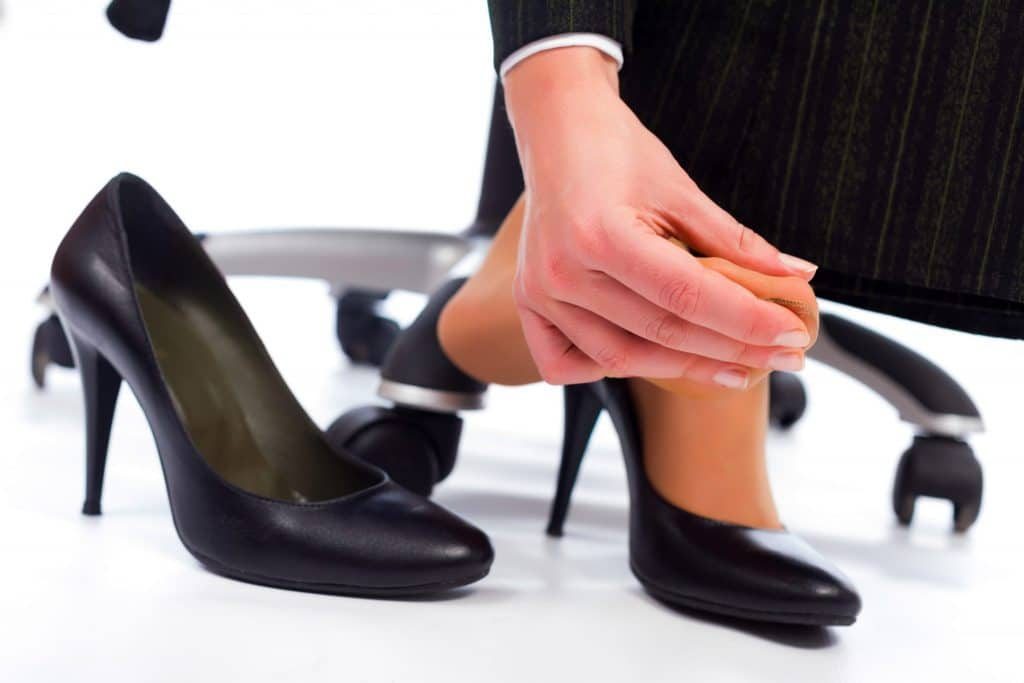
Keeping Your Fascia Healthy
As far as diet is concerned, keeping your fascia healthy is a no-brainer. Essentially, if you eat a balanced diet, don’t take illicit drugs and keep your fluids up, then you’re fairly safe, especially from something like necrotizing fasciitis. However, there are habits, foods and exercises that can help you build and maintain a strong fascia throughout your life. When it comes to the superficial fascia, think of skin-healthy, collagen-boosting foods, like in-season fruits and vegetables. A lot of your water intake during the day comes from food, so make sure it’s nutritious, full of vitamins and minerals, and as natural as possible. Along with a healthy diet, a healthy lifestyle in general is also important. That includes sleeping enough, decreasing stress and detoxifying the body.

Yoga, foam rolling, exercising, acupuncture and deep tissue massages are all great ways to keep a healthy blood flow to your fascia as well, which will keep it strong and hydrated. Deep tissue massaging loosens muscles, removes toxins and encourages blood and oxygen circulation. It is particularly beneficial to people suffering from plantar fasciitis. Acupuncture has been used in Chinese medicine for centuries to deal with aches and pains, and modern science has found evidence to suggest that there is an association between acupuncture channels and their association with connective tissue planes, or, fascia. Again, it can be particularly beneficial to plantar fasciitis and stiffness.
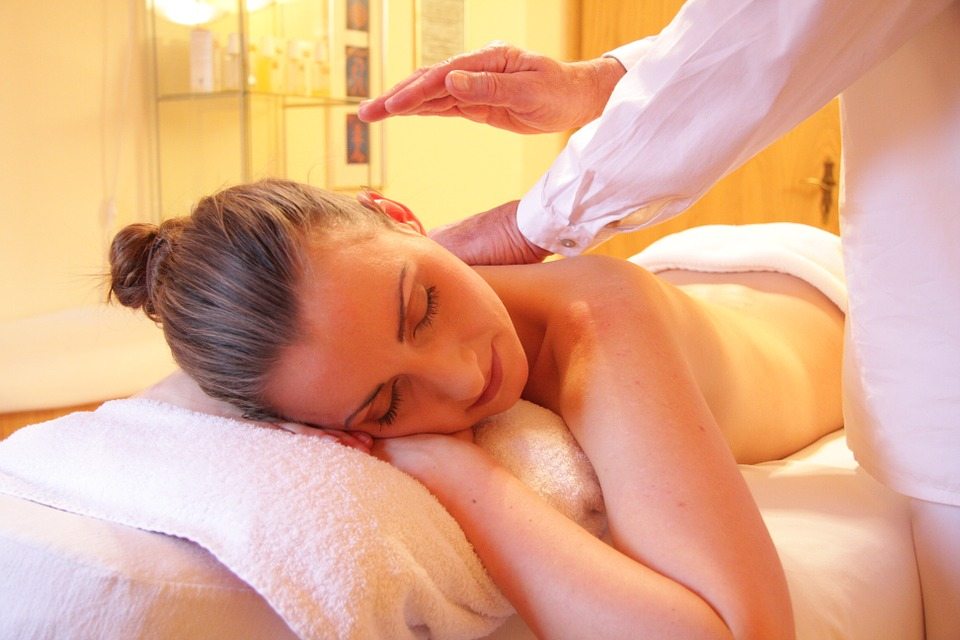
Exercises To Keep Your Fascia Healthy
There are a number of exercises, stretches and massages that you can perform at home to keep your fascia healthy and strong, as well as easing creakiness, stiffness and aches that could be related to your fascia.
Daily yoga is a great way to keep your whole body healthy, strong and flexible, as well as lubricating your muscles and increasing circulation and blood flow around the body. But there are also some more fascia-specific exercises you can do, especially if you are feeling stiff and sore.

1. Tennis Or Massage Ball – Use a massage ball, tennis ball or lacrosse ball for this self-massage. Think of a session when you’ve noticed your masseuse focusing on a particular spot, digging and pressing into it and calling it a ‘tight spot’ or ‘knot’. It might hurt while they do it, but the sore is gone afterwards! You can accomplish this yourself at home by rolling a ball on the area. If it’s on your back, buttocks or leg, you can lay on the ball and roll along it, or you can roll it with your hand on the area. Remember, a fair bit of pressure is necessary here, to achieve the results that the professionals do. The pressure of the ball rolling along your sore or tight spot will loosen and relax your muscles and tissues, and increase blood flow to your fascia.

2. Foam Roller – This is similar to the tennis or massage ball, but it is more stable and will cover your entire back or leg when you roll on it. It is one of the most popular props for post-workout massaging, and for loosening tight muscles and keeping the fascia healthy. Again, you need to use a fair bit of pressure and it can be uncomfortable, but it will relieve tension, relax tissues and muscles, and increase blood flow to your fascia, which will get rid of aches, pains and stiffness.

3. Stretchy Band – These bands are great for stretching and mobility. They can help you move deeper into a yoga pose or stretch, and are useful if you don’t have anyone to help you stretch, because they will apply that extra pressure that a stretching partner would usually provide. Bands are particularly beneficial when stretching shoulders, arms and legs, and by adding that little bit of extra pressure, you can loosen your muscles and increase blood flow to your fascia.
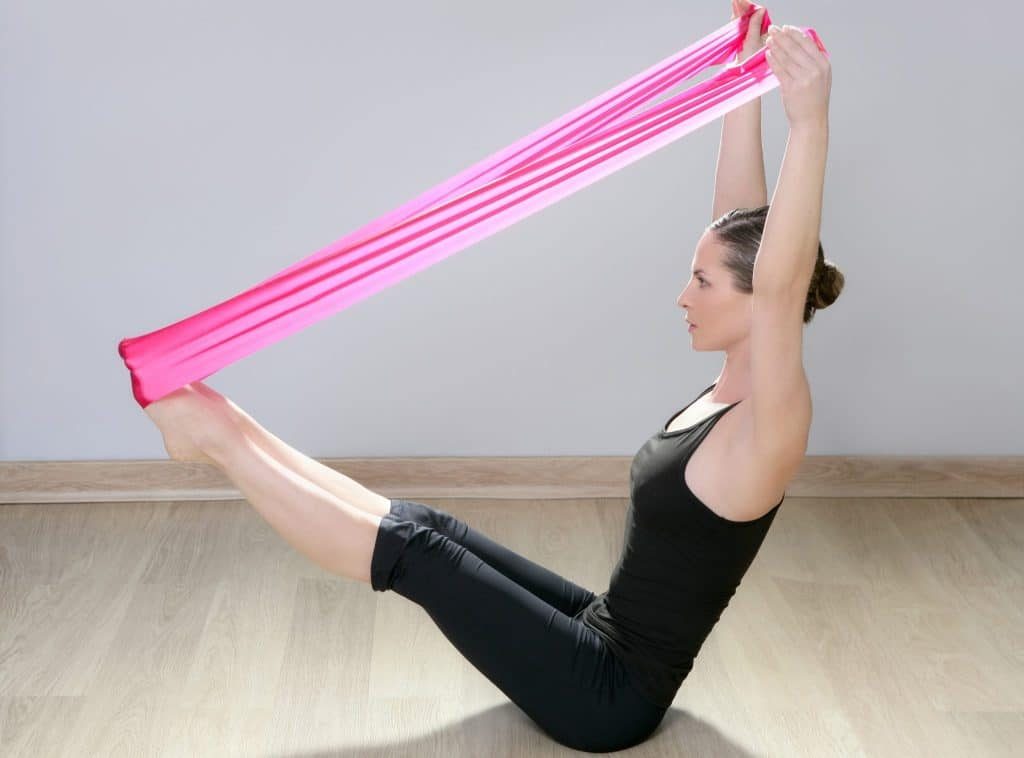
4. Rope Or Strap – This is similar to the stretchy band, but it doesn’t have the give that the band does. That means it will provide more resistance during stretches. Be careful though – you should never over-stretch or force yourself deeper into a pose than your body is able to handle. This prop is particularly useful for stretching your shoulders and upper back, because it is difficult to over-stretch that area and it can get extremely tight – especially for people who work in an office all day, hunched over a desk. A rope will help the muscles relax and be able to stretch much further than it would otherwise be able to.
